Martin Luther is one of the most dynamic men who ever lived, and while he was influential within Christianity, his influence would also spread throughout the world.
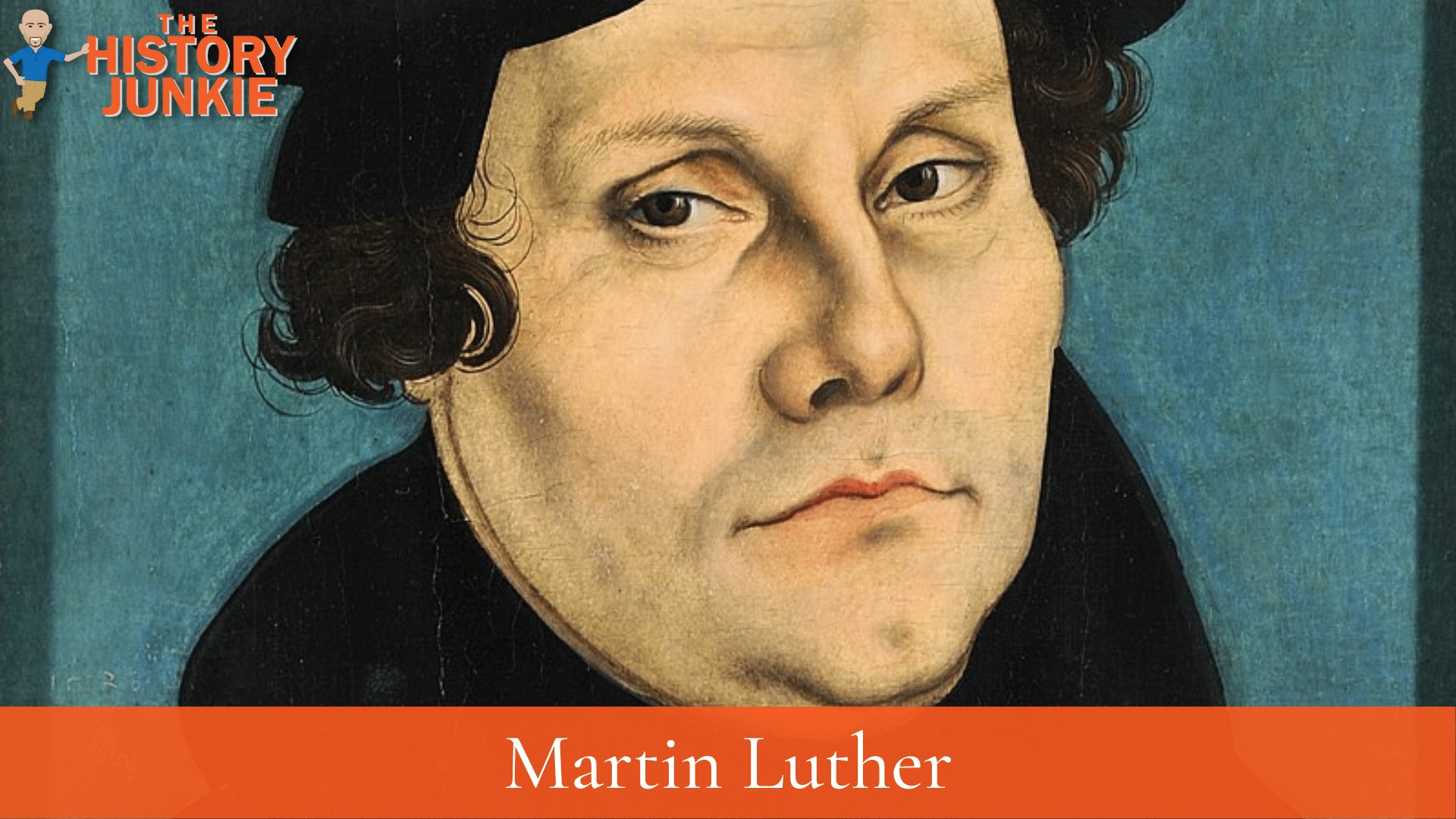
The Puritans, Pilgrims, Reformers, Queen Elizabeth, George Whitefield, and many others were all Protestant and would all turn from the Roman Catholic church and their influence to Protestantism. His influence can be traced to the founding of America, as many founders were influenced by his teachings.
Jump to:
- #1. He Changed The Structure Of Europe With The 95 Theses
- #2. Martin Luther Stood Up Effectively To Pope Leo X At The Diet of Worms
- #3. He Translated The Bible Into German
- #4. He Had A Loving Marriage To Katherine von Bora
- #5. Martin Luther Wrote The Catechisms
- #6. Martin Luther Wrote Many Hymns
- #7. He Effectively Used The Printing Press
#1. He Changed The Structure Of Europe With The 95 Theses

It has been said that the first-century Christians formed the church, the second-fifth-century church conformed to the church, and the fifth-century - 15th-century Roman Catholic church deformed the church.
The first two eras were about putting the faith together. What books were going to be included, what were the essential doctrines, and who was Jesus? Early church fathers emphasized grace over works and that salvation was a gift that you could not earn.
After those two eras, the Roman Catholic church perverted it. It became works-based. Services were given in Latin, which was not the common tongue. It became about praying to the saints, sacraments, and even praying to get people out of purgatory, all of which are never mentioned in the scriptures.
Martin Luther was an Augustine monk who saw the corruption of the church, and it bothered him. He was well-educated, multi-lingual, and bold. He began to be convicted and started to question the church's practice.
On October 31, 1517, the world changed when Martin Luther pounded the 95 Theses on the church door. He had no idea how quickly his words would spread due to the printing press, and soon, his words did not remain local but spread all the way to Rome.
#2. Martin Luther Stood Up Effectively To Pope Leo X At The Diet of Worms
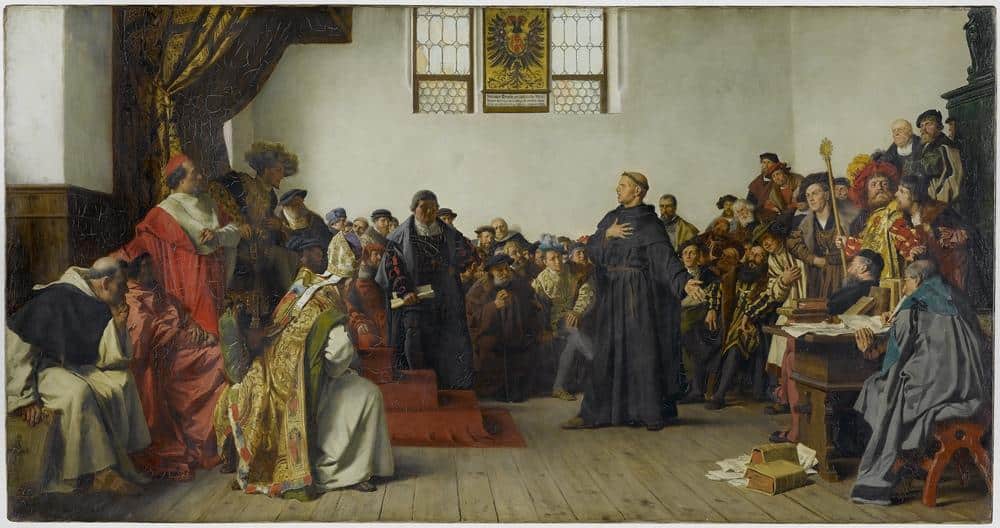
Martin Luther was excommunicated from the Roman Catholic church on January 3, 1521.
He then was summoned to the Diet of Worms to defend his words. On April 18, 1521, Luther appeared as ordered before the Diet of Worms. This was a general assembly of the estates of the Holy Roman Empire that took place in Worms, a town on the Rhine.
It was conducted from January 28 to May 25, 1521, with Emperor Charles V presiding. Prince Frederick III, Elector of Saxony, obtained safe conduct for Luther to and from the meeting.
During the Diet of Worms, Luther delivered an amazing speech that would influence many who were in the room. He finished his speech with this famous quote:
Unless I am convinced by the testimony of the Scriptures or by clear reason (for I do not trust either in the pope or in councils alone since it is well known that they have often erred and contradicted themselves), I am bound by the Scriptures I have quoted, and my conscience is captive to the Word of God. I cannot and will not recant anything since it is neither safe nor right to go against my conscience. May God help me. Amen
Emporer Charles V would preside over the Edict of Worms, which would make Martin Luther a criminal and ban his writings. It also required his arrest.
Frederick the Wise, a prince, convinced Charles V to allow Luther to return home to Wittenburg. The Emporer agreed, and then Frederick staged a fake kidnapping and hid Luther in Wartburg Castle.
To this day, the Roman Catholic Church has not lifted Martin Luther's ex-communication.
#3. He Translated The Bible Into German
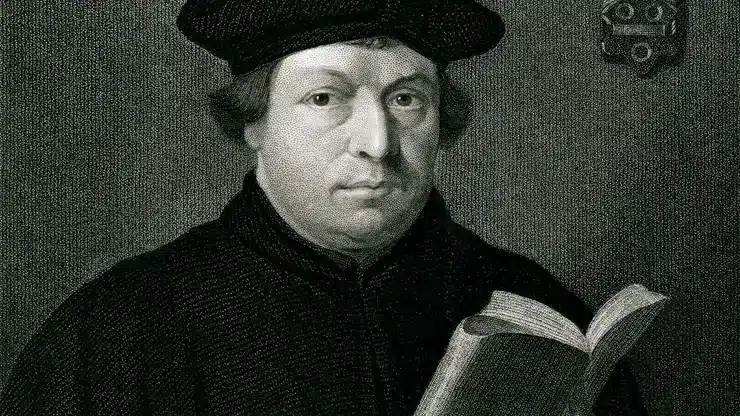
Martin Luther was the first person to translate the Bible into the German language. This was monumental because regular people could not understand the reading of scripture due to the priests only reading it in Latin.
Since it was only spoken in Latin, everyone had to rely on the priests to provide the right interpretation, which most would not and would manipulate the working class.
This all changed when Luther translated the Bible into German and began to read the Bible in the German language. Those who could read German could also read it for themselves.
His translation was created while he was in hiding after the Diet of Worms and would become a template for future translations.
His translation would inspire others in other countries to translate the Bible into their native language. This was considered heresy by the Catholic Church.
#4. He Had A Loving Marriage To Katherine von Bora
Martin Luther married Katharina von Bora, one of 12 nuns he had helped escape from the Nimbschen Cistercian convent in April 1523, when he arranged for them to be smuggled out in herring barrels.
Luther and his wife moved into a former monastery, "The Black Cloister," a wedding present from Elector John the Steadfast. They embarked on what appears to have been a happy and successful marriage, though money was often short. Katharina bore six children:
- Hans – June 1526
- Elisabeth – 10 December 1527
- Magdalene – 1529
- Martin – 1531
- Paul – January 1533
- Margaret – 1534
Katherine helped the couple earn a living by farming and taking in boarders.
Luther confided to Michael Stiefel on August 11, 1526:
My Katie is in all things so obliging and pleasing to me that I would not exchange my poverty for the riches of Croesus.
Luther's marriage also marked an end to clerical celibacy, which he had always been opposed to. He had never thought he would take a wife as he believed he would die as a heretic.
#5. Martin Luther Wrote The Catechisms
After Martin Luther launched what became known as The Reformation, it was imperative that he create these catechisms.
The Roman Church had dictated what had been taught and how a church should run. Luther used the Bible to reorganize the structure and created devotionals that would help the layperson develop an understanding of scripture on their own.
He wrote the Large Catechism, which was for pastors and teachers of scripture. This would serve as an aid to their teaching.
He also penned the Small Catechism, which would serve as a devotional for the common man. This would prove to be beneficial in helping parents teach their children the scriptures.
#6. Martin Luther Wrote Many Hymns
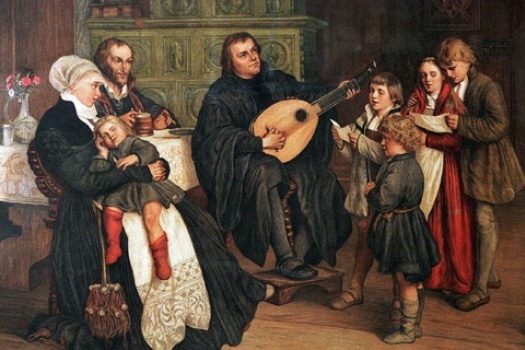
Hymnals have been a staple in churches across the world for centuries, and it started with Martin Luther.
Luther connected high art and folk music, also all classes, clergy, and laity, men, women, and children.
His tool of choice for this connection was the singing of German hymns in connection with worship, school, home, and the public arena.
These hymns would spread the ideas of the Reformation. While Luther had a love for music and was not trying to be clever, this method would prove to be effective.
Some of the more popular hymns were:
- A Mighty Fortress Is Our God
- Dear Christians, One and All Rejoice
- Lord, Keep Us Steadfast In Your Word
- From Heaven Above Earth, I Come
- Christ Jesus Lay in Death’s Strong Bands
He had many more, which included the Lord's Prayer.
#7. He Effectively Used The Printing Press
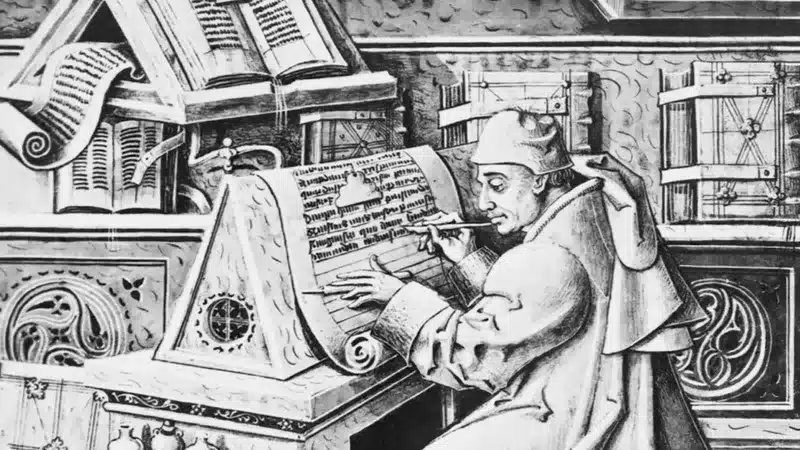
During Luther's life, he utilized the Printing Press better than anyone before him. It was a new technology developed by Johann Gutenberg that allowed for the printing of pamphlets, writings, and books to be quickly copied and brought to the public.
Luther used the printing press to print his hymns, catechisms, and Bible.
This would make his name the most widely read person within Germany as his writing could quickly spread.
The spread was so quick that the Catholic church could not keep up with it.
